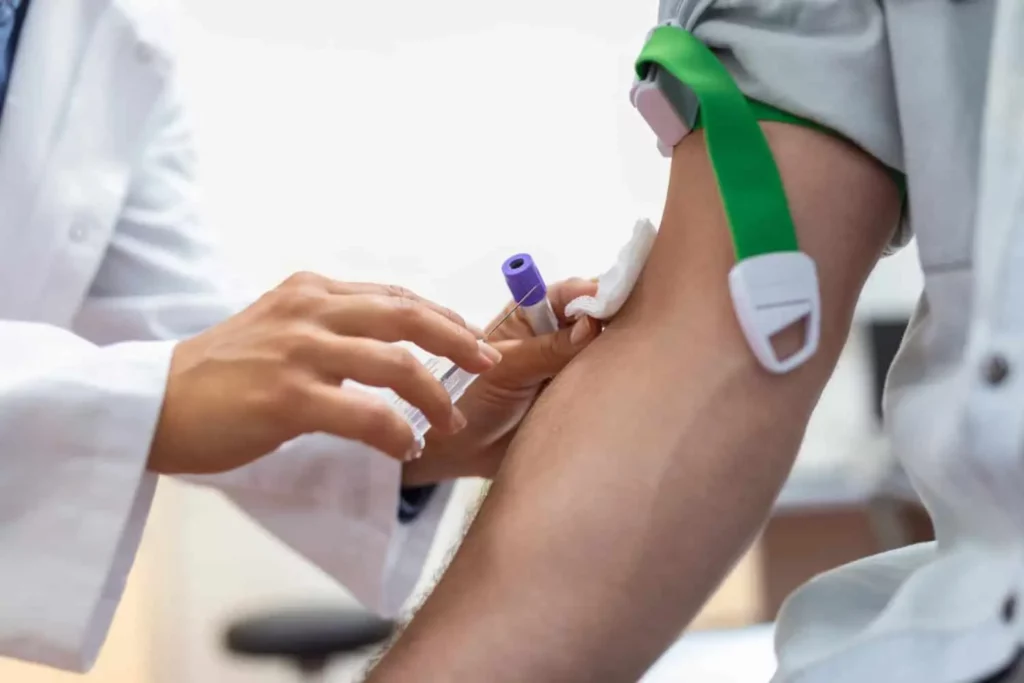dec. . 24, 2024 03:32 Back to list
Understanding OPK Tests for Detecting Ovulation and Their Role in Pregnancy Planning
Understanding OPK and Pregnancy Testing A Comprehensive Guide
When trying to conceive, understanding your menstrual cycle and ovulation is crucial. One helpful tool in this process is an ovulation predictor kit (OPK), which can be an effective way to identify your most fertile days. In this article, we'll explore how OPK works, its relationship with pregnancy tests, and some tips for successful usage.
What is an OPK?
An ovulation predictor kit is designed to help individuals pinpoint the time of ovulation by detecting the surge of luteinizing hormone (LH) in your urine. The LH surge typically occurs 12 to 36 hours before ovulation, making this a prime time for conception. OPK kits usually come with test strips or midstream tests that resemble pregnancy tests and are typically easy to use.
How to Use an OPK
To increase your chances of conception, it's essential to use an OPK correctly. First, determine the length of your menstrual cycle. If your cycle is, for instance, 28 days, you would typically begin testing around day 11. This timing may vary depending on your particular cycle, so adjusting your start date according to your unique cycle length is crucial.
When using the OPK, ensure you collect your urine sample during the afternoon or evening when LH levels are more concentrated. Dip the test strip or use the midstream test as instructed, and wait for the specified time. The test will often show two lines a test line and a control line. If the test line is as dark or darker than the control line, you have detected an LH surge, indicating that ovulation is likely imminent.
OPK vs. Pregnancy Test
While OPKs and pregnancy tests may appear similar, they serve different purposes. An OPK detects the surge of LH to help identify ovulation, while a pregnancy test detects the hormone human chorionic gonadotropin (hCG) produced after a fertilized egg implants in the uterus. If you've detected an LH surge and have timed intercourse, you may want to wait a few days to a week after your expected period to take a pregnancy test for accurate results.
opk pregnancy test

Tips for Using OPKs Effectively
1. Follow Instructions Always read and follow the instructions that come with your OPK. Different brands may have varying methods for conducting the test and interpreting results.
2. Track Your Cycle Keep a record of your menstrual cycle to help you determine when to begin testing. Using a cycle tracking app can simplify this process.
3. Stay Hydrated, but Not Too Hydrated Drink fluids throughout the day, but avoid overhydrating before testing. Excessive water can dilute your urine, potentially leading to misleading results.
4. Use Multiple Tests If you have a longer cycle, consider using several OPKs as you approach ovulation to ensure you catch the LH surge.
5. Combine Strategies Consider using basal body temperature tracking or other fertility signs in conjunction with OPKs for a more comprehensive understanding of your fertile window.
Conclusion
OPKs can be an invaluable resource for those trying to conceive, allowing you to identify your ovulation window and maximize your chances of becoming pregnant. Remember that each individual’s cycle is different, and it may take time to become acquainted with your body’s specific patterns. With patience and proper use of OPKs, you can take an informed step towards achieving your family planning goals.
-
Dengue NS1 Rapid Diagnostic Test Kit
NewsMar.07,2025
-
Dengue NS1 Rapid Diagnostic Test Kit
NewsMar.07,2025
-
Dengue NS1 Rapid Diagnostic Test Kit
NewsMar.07,2025
-
Transferrin Rapid Test Cassette Tumor Marker TF Card
NewsMar.07,2025
-
Malaria Pf Pan Rapid Diagnostic Test Kit
NewsMar.07,2025
-
malaria pf / pan ag rapid test
NewsMar.07,2025

